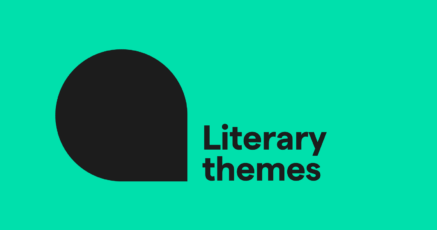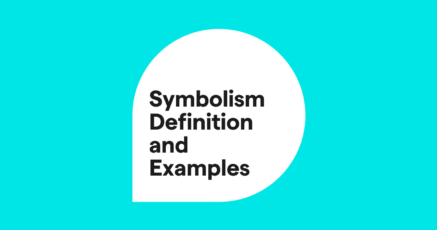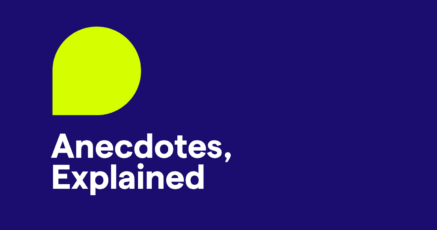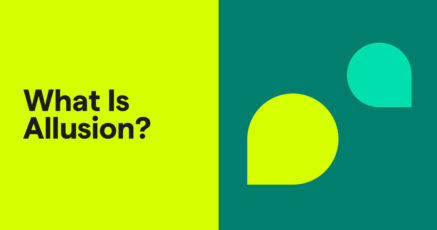Literary Devices - Page 5
 What Is an Anagram in Literature? Definition and ExamplesScrabble, Wordle, Spelling Bee—if you’ve played any of these games, then you’re already familiar with anagrams. An anagram is a...July 1, 2022
What Is an Anagram in Literature? Definition and ExamplesScrabble, Wordle, Spelling Bee—if you’ve played any of these games, then you’re already familiar with anagrams. An anagram is a...July 1, 2022 What is a Literary Theme? Definition and Examples of Common ThemesA theme is the primary idea or underlying message in literature, writing, and other creative works. Literary themes are...June 30, 2022
What is a Literary Theme? Definition and Examples of Common ThemesA theme is the primary idea or underlying message in literature, writing, and other creative works. Literary themes are...June 30, 2022 Allegory: Definition, Usage, and ExamplesKey takeaways: Allegory uses characters, events, or settings to represent larger concepts or moral lessons. Allegories take...June 17, 2022
Allegory: Definition, Usage, and ExamplesKey takeaways: Allegory uses characters, events, or settings to represent larger concepts or moral lessons. Allegories take...June 17, 2022 The 9 Types of Diction in Writing, With ExamplesIn writing, diction is the strategic choice of words based on the audience, context, or situation. It can also express additional...June 10, 2022
The 9 Types of Diction in Writing, With ExamplesIn writing, diction is the strategic choice of words based on the audience, context, or situation. It can also express additional...June 10, 2022 What Is Symbolism? Examples of Symbolism as a Literary DeviceKey takeaways: Symbolism uses images and words to convey deeper meanings beyond the literal meaning. Writers employ symbolism to...June 7, 2022
What Is Symbolism? Examples of Symbolism as a Literary DeviceKey takeaways: Symbolism uses images and words to convey deeper meanings beyond the literal meaning. Writers employ symbolism to...June 7, 2022 What Is Juxtaposition? Definition, Usage, and ExamplesKey takeaways: Juxtaposition is a literary device that places contrasting elements close together to highlight their differences...April 19, 2022
What Is Juxtaposition? Definition, Usage, and ExamplesKey takeaways: Juxtaposition is a literary device that places contrasting elements close together to highlight their differences...April 19, 2022 What Is an Anecdote? Definition, Examples, and UsageKey takeaways: An anecdote is a short true story that illustrates a point or adds color to writing or conversation. Its purpose...April 11, 2022
What Is an Anecdote? Definition, Examples, and UsageKey takeaways: An anecdote is a short true story that illustrates a point or adds color to writing or conversation. Its purpose...April 11, 2022 Allusion Explained: Definition, Types, and ExamplesKey takeaways: Allusions are quick references to well-known things—books, movies, people, events—that add meaning without...March 10, 2022
Allusion Explained: Definition, Types, and ExamplesKey takeaways: Allusions are quick references to well-known things—books, movies, people, events—that add meaning without...March 10, 2022 What Is Indirect Characterization in Literature?Indirect characterization is when an author reveals a character’s traits through actions, thoughts, speech, etc., instead of...February 24, 2022
What Is Indirect Characterization in Literature?Indirect characterization is when an author reveals a character’s traits through actions, thoughts, speech, etc., instead of...February 24, 2022 56 Words That Are Actually PortmanteausYou might not be familiar with the term portmanteau, but you likely use portmanteaus in your vocabulary and writing more than you...February 21, 2022
56 Words That Are Actually PortmanteausYou might not be familiar with the term portmanteau, but you likely use portmanteaus in your vocabulary and writing more than you...February 21, 2022